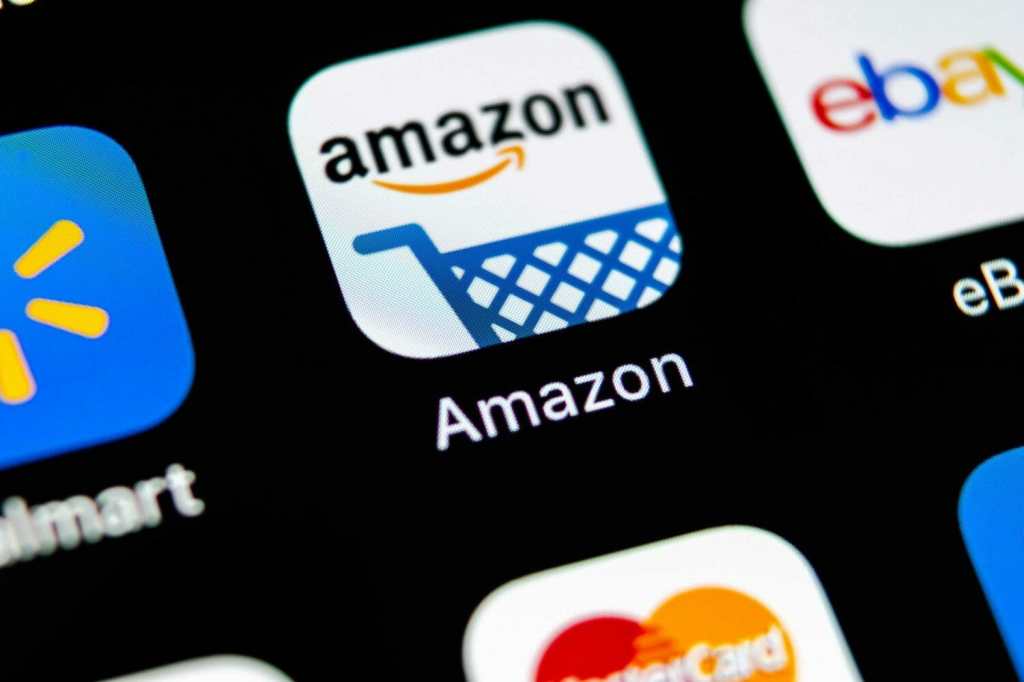To become profitable in grocery requires Amazon to build volume at lightning speed simultaneously cracking the code of complex logistics. But do not sell Amazon short by viewing the game in terms of market size or profitability only. The actual stakes are far deeper and broader: Think customer engagement and customer data.
Over the past few years, Amazon has gone to great lengths to enrich consumers’ lives with a growing assortment of products, with Amazon Prime, Fire tablets and TV, streaming video and music, the connected home with Alexa, and other sticky offerings.
With every interaction, Amazon’s algorithms understand each customer a little better, allowing its platforms to conceive more engaging experiences for each customer. And armed with personalized product recommendations, Amazon then stretches and inflates each customer’s value like yeast causes the dough to rise. This creates a virtuous cycle where each interaction ratchets up the relationship to facilitate the next sale.
And now Amazon is setting its sights on a massive opportunity for customer interactions. Most of us can’t go more than a week or two without shopping for food (okay, not if you live in Antarctica). If Amazon can capture our baskets, it will have 2-4 more shopping interactions a month. And the data and upsell opportunities created are worth even more than the market basket purchases.
While Amazon seems quite willing to forgo profits to develop market share and customer engagement, big-data personalization may obviate the need to because Amazon can optimize offers for each customer, making certain discounts are never “wasted.” For this reason, there is little chance Amazon will be put off by a price-war. So do FMCG retailers just throw in the towel and close the doors?
Far from it, today’s grocery and drugstore retailers enjoy a massive head start over Amazon, because stores still “own” valuable relationships with millions of customers. Perhaps more importantly, they’ve been collecting customer data for years through pervasive loyalty programs.
Thoughts on fighting data with data
If the new game is about customer interactions, retailers must exploit and capitalize on every customer interaction. For example, this means offering highly relevant offers before, during, and after the customer shops, without spamming her or him with irrelevant “garbage.” It also means creating enjoyable and intuitive shopping experiences both offline and online with custom content, reminders, predictive shopping lists, and more. Beating Amazon requires retailers to fight fire with fire, or rather data with data.
If retailers want to keep customers coming through the door and using their e-commerce site for purchases, they will need to use big data to tie decision making to customer behavior, and to provide each customer an optimized assortment and offering. This will enable them to address and cross-sell an endless number of small “long-tail” niches through personalization, building localized assortments and offers around what local customers actually want.
Now, beyond just identifying churn, category managers can pinpoint the reasons for customers leaving the store or the category, avoiding the knee jerk response of running mass promotions as a response to a decline in revenue. In fact, category managers and marketers should respond aggressively to loss of revenue, but they are better off providing an accurate and measured response, especially on products and categories that play to Amazon’s strengths (think Amazon Pantry).
The “ammunition” for personalized offers is supplier-funded discounts, and this is where retailers can leverage long-standing relationships with brand manufacturers to secure their participation. Retailers can build strong alliances with suppliers by sharing something precious that suppliers can’t get from Amazon yet, the ability to access in-depth knowledge of how customers interact with products and categories and the opportunity to make every promotional dollar count with highly targeted and engaging offers. The more closely retailers’ integrate suppliers with their personalization program, the more effective the program becomes. Everyone wins – retailers, suppliers, and of course customers.
Becoming customer-centric is more than just analyzing customer panels and creating statistical models. It is about empowering every part of the organization and its vendors to anticipate and meet each customer’s needs and wants, from logistics to merchandising to marketing, and the turnaround time for decisions should be at computer speed, not human speed.
These new abilities require new technological tools that most retailers have yet to implement. But whatever technology they select, their future success, and indeed survival, will depend on their ability to manage data-driven customer engagement on a whole new level.
The best time to start is today.




